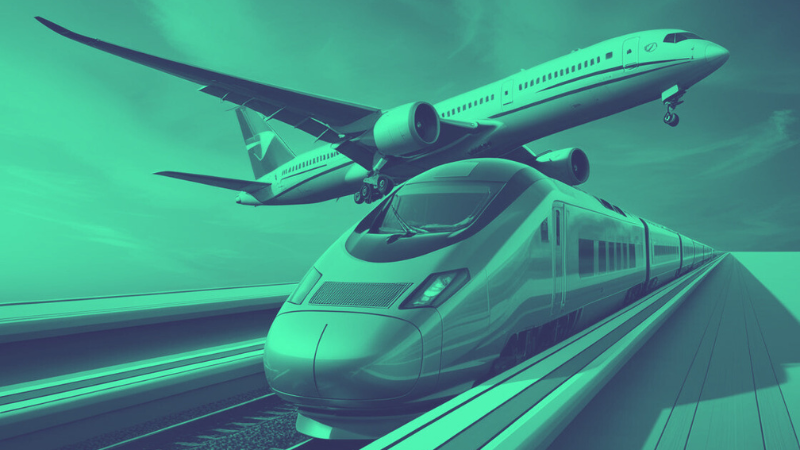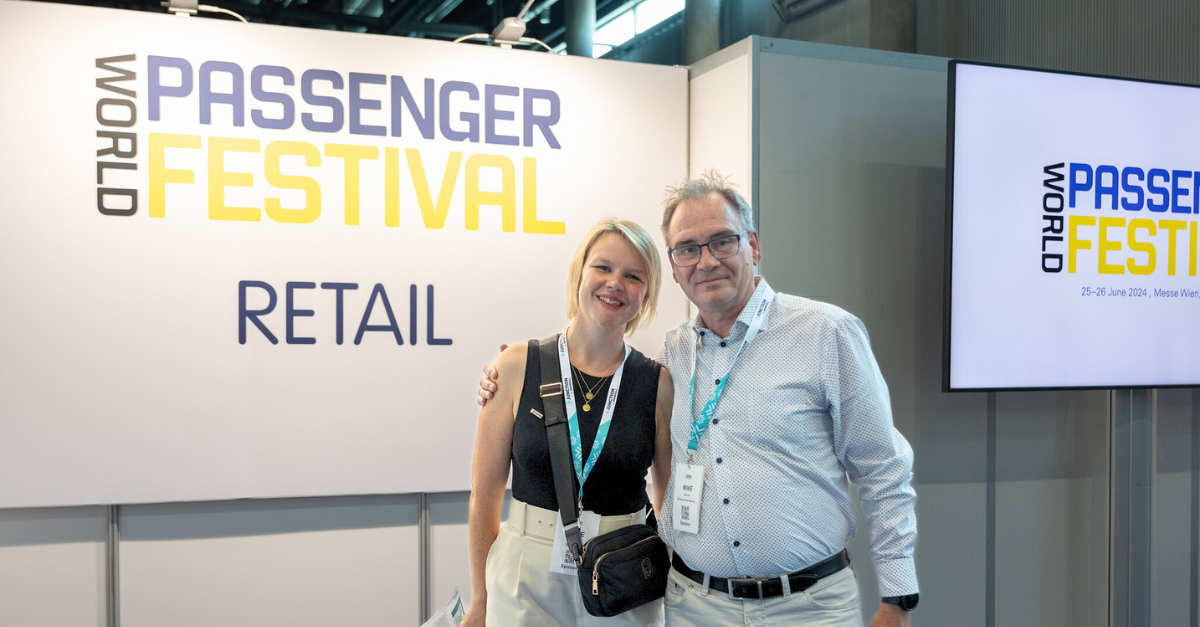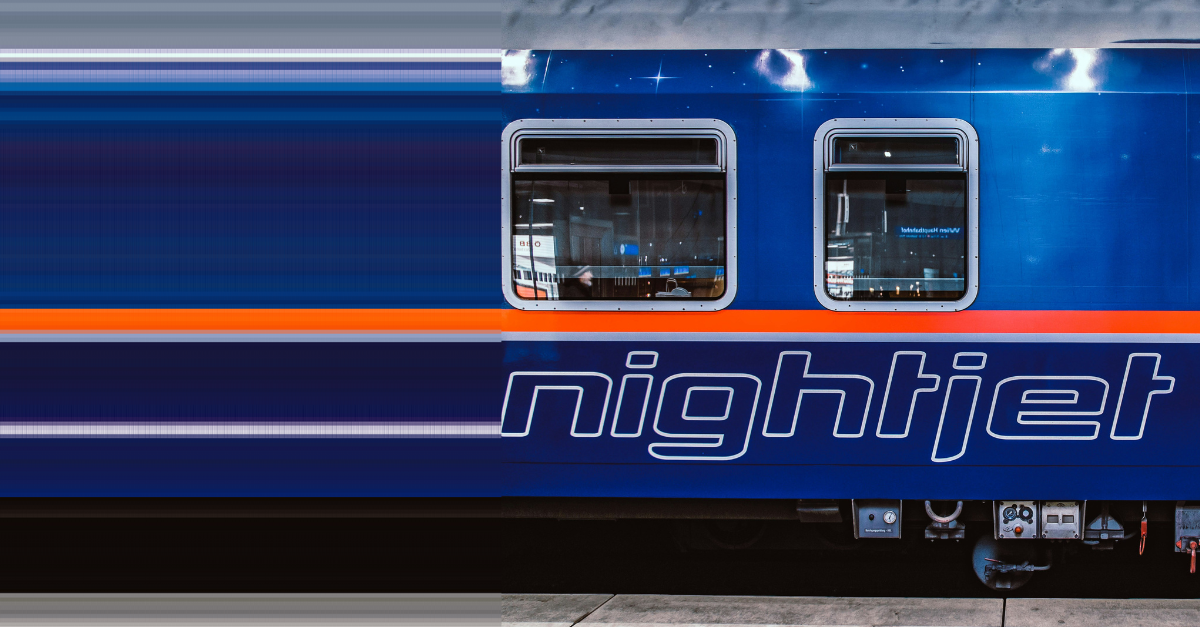Ever had questions about the Open Sales and Distribution Model (OSDM) you never dared to ask? Wonder no more!
In this article, we’ll tackle 5 questions to help you better understand this evolving standard in travel technology.
1: why does benerail invest in OSDM?
At benerail, we see OSDM as a game-changer in travel technology. By making connections between different inventory systems more cost-effective, it transforms how travel data is exchanged across the industry. It’s more than just a technical standard; it’s a strategic move towards greater efficiency and collaboration.
2: what is the difference between OSDM and GDS?
If you work in travel technology, understanding the difference between OSDM and GDS (Global Distribution Systems) is crucial.
OSDM is a technical standard for exchanging travel-related data. It focuses solely on defining how information is shared and is independent of any specific company.
On the other hand, a GDS is a global distribution system. It’s already in the name: a GDS is not merely a technical standard but a full-fledged IT platform. The first GDS was developed in the 1950s to standardise airline fare exchange. They have since expanded to include other transportation modes and hospitality services – once connected to a GDS, you can also look up local buses or mom-and-pop hotels. This means they have grown and become independent, driving the market with their negotiation power. This stands in complete contrast to OSDM, which is open-source and defined by multiple parties, like railway companies, agents, system providers -and even GDS companies!
3: what does 2025 hold in store?
Railway companies have committed to be OSDM compliant by the end of 2025. With that deadline fast approaching, it is time to differentiate and prioritise between various travel needs. For example, accessing a Full Access offering is essential for business travel.
To boost OSDM, parties – like yours truly – are developing sandboxes, demonstrating to the market how it works, not just in theory but practically. At benerail, we’re actively working on this and have developed our own osdm_api sandbox. We are implementing the first connections from railway companies towards our benerail system for usage as of the last quarter of 2024.
4: Is OSDM only meant for rail?
OSDM is not defined only for rail. From the beginning, it considered that it must support all mobilities. But as the rail sector was involved from the start, OSDM focuses, of course, on rail.
OSDM as a standard is still in full development and not mature enough for specific functionalities or all mobilities. Standardisation is a process where multiple parties work together before it can be consolidated, which takes time. Other mobility parties can join the workgroup, bring their experience, and help to improve the standard.
We have proof that OSDM is evolving in the right direction, as Sweden implemented a nationwide platform for public transport (trains, buses, etc.) based on OSDM in Q2 2024.
But do not fret, as Rome was also not built in a day.
5: What makes implementing tricky?
Implementation is actually simple: there are examples, like sandboxes, early implementations like Bileto, a clear swagger definition, and test suites to validate the implementation. UIC is also developing a certification to ensure that implementation of OSDM will be the same for all parties.
However, further harmonization across Europe—such as standardizing child fare eligibility—would streamline rail bookings even more.
the challenges of OSDM
One of the primary challenges is replacing proprietary APIs with standard OSDM APIs. While gaps in the standard exist and might temporarily complicate the transition, all cooperating parties spend quite some effort in further enriching the standard, based on consensus.
For instance, differences in commercial setups, legal requirements, and regional rules must be accounted for within the standard. This is especially the case in managing one journey with multiple carriers. Also, rail companies’ current systems might need adaptations to comply with the harmonisation.
A point of criticism relates to journey planning, which does not always provide a neutral view of all possible journeys for all train providers. This issue stems from the fact that a multitude of timetable planning tools are used by railway companies or basically every retailer, with each tool having a specific planning logic based on varying commercial interests. This means it is not part of the OSDM standard to manage or solve the issue, as it only defines how to exchange data amongst parties.
what we need to do
These challenges highlight the ongoing need for refinement in OSDM to ensure it can serve the diverse needs of the global travel industry. The cooperation between the involved parties, ticket vendors, system integrators, lobby groups, and railway companies is strong, and weekly technical meetings focus on supporting implementations and new features. Many rail companies committed to the CER Ticketing Roadmap to invest in OSDM API, and several started to build the first versions. SNCB and benerail implemented the osdm_api, and parties can ask for access to the sandbox and a production connection.
As benerail, we fully support OSDM with our sandbox and our efforts in the UIC OSDM workgroup. We hope to announce more news about implementations soon.





